NIA Tightens Grip on Jiribam Killings Case Following Judiciary Nudge
ETHNIC CONFLICT
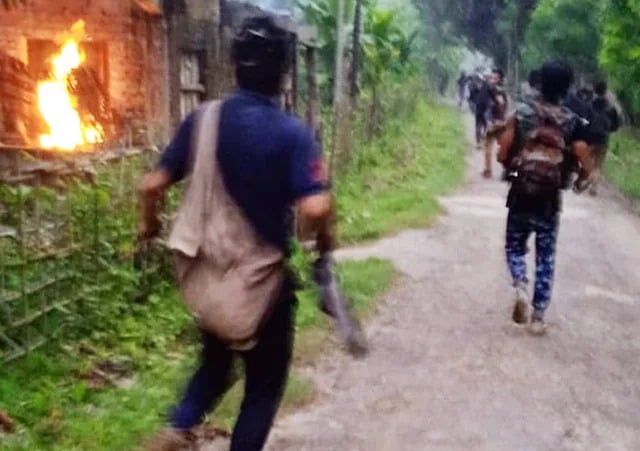

Imphal: Nearly nine months after the spine-chilling killings of three women and three children in Jiribam District, the investigation into the incident has finally picked up speed, owing largely to the recent intervention of the Manipur High Court. Acting swiftly under judicial scrutiny, the National Investigation Agency (NIA) has arrested two key accused in quick succession from Aizawl, Mizoram, in what is seen as a significant breakthrough in the case that had languished in obscurity for months.
On Thursday, August 1, NIA operatives nabbed Lalrosang Hmar alias Rosang of Moinathol village, Dilkhosh Grant, Cachar, Assam from Aizawl, Mizoram on Thursday. Lalrosang was an active conspirator in the heinous crime. NIA has recovered from him a mobile phone, along with a SIM card, and is examining the same.

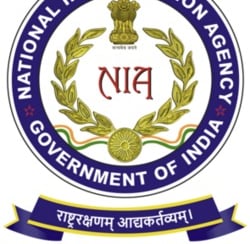
His arrest came just a day after Thanglienlal Hmar, another prime suspect in the November 11, 2024 abduction and murder case, was caught in a coordinated effort by the NIA and Assam Police. Both men are believed to have played central roles in the abduction and cold-blooded execution of six innocents—three women and three children—whose bodies were later dumped in the Barak River.
Thanglienlal Hmar @ Boya runs a motor boat. Prithiraj Rajkhowa, the Additional SP of Lakhipur co-district, arrested Hmar at Phulertol as soon as his boat reached the ghat. He was later brought to Lakhipur police station. Confirming the arrest, Numal Mahatta, SSP Cachar, said that Thanglienlal Hmar allegedly played a critical logistical role in the abduction and subsequent murder of the victims.
Sources said that the NIA investigations revealed that Hmar transported six abducted persons, three women and three children, along with three armed assailants dressed in camouflage gear from Jakuradhar ghat to Kaisalpunjee village ghat using his boat. The victims were later found killed, triggering widespread ethnic violence.

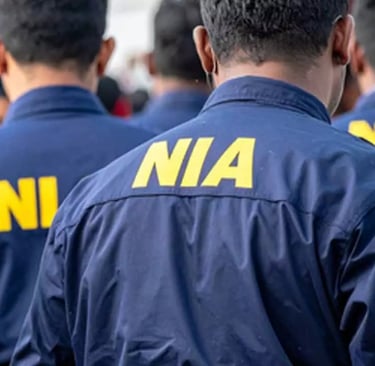
Image: Illustrative picture of Jiribam Violence
Image: Representative logo of NIA
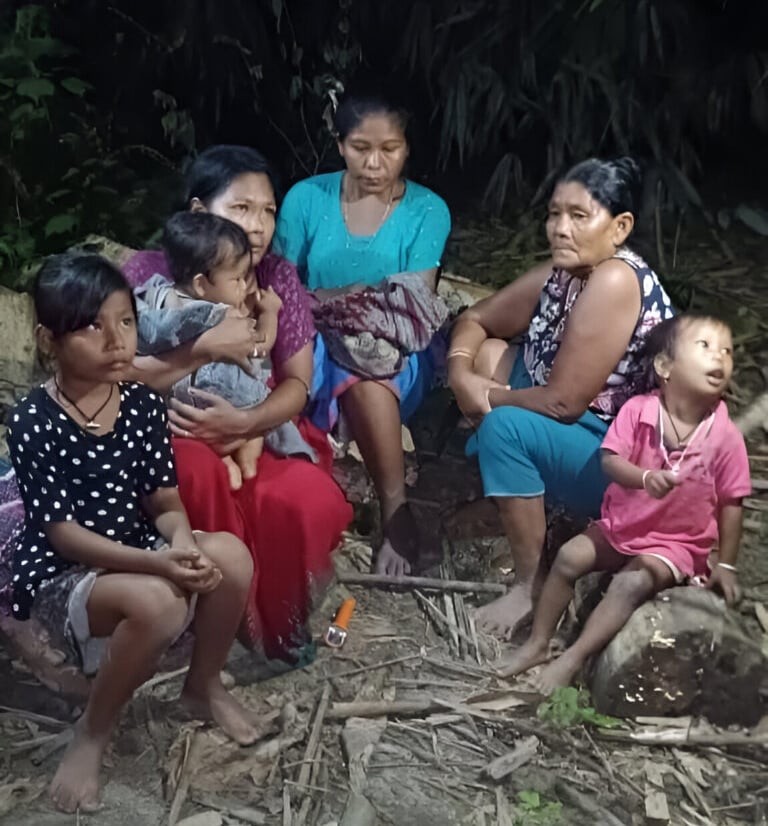

Image: Innocent Victims, women and children slaughtered by Kuki- Zou terrorists
The speed of these developments comes in stark contrast to the sluggish pace of investigation in the early stages, when public outrage was met with bureaucratic inertia. Despite the gravity of the incident and its links to the broader ethnic strife that has engulfed Manipur since May 2023, it wasn’t until the Supreme Court issued strong directions last month that a perceptible shift occurred in the approach of investigating agencies.
The Jiribam killings were not an isolated incident. They form a part of a grim series of ethnically-motivated violence that has torn through Manipur over the past two years, pitting the Kuki-Zou and Meitei communities against each other in one of the bloodiest internal conflicts the state has seen in recent decades. What has made the pain more acute is the perceived delay and imbalance in the delivery of justice. Families of victims from both communities have alleged selective action, slow investigation, and lack of closure in dozens of cases. While several cases were transferred to the CBI and NIA last year following the Supreme Court’s initial directions in response to PILs, the pace remained largely ceremonial—until now.
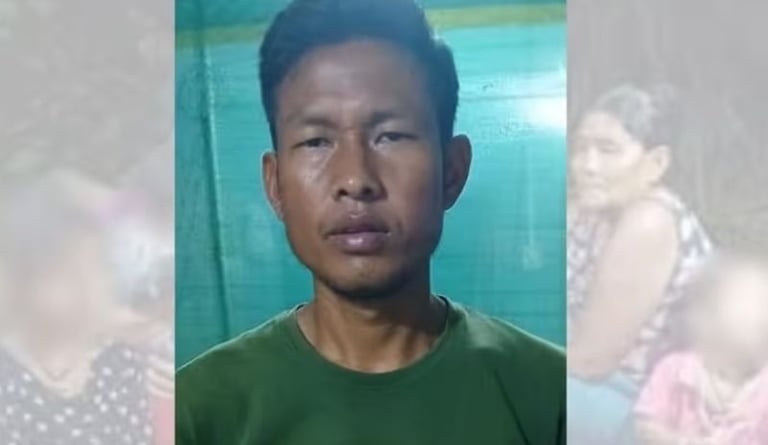

Image: Thanglienlal Hmar @ Boya, accused in the Jiribam Killing Cases
The recent arrests in the Jiribam case appear to signal a new urgency. According to NIA sources, the mobile phone and SIM card recovered from Lalrosang Hmar are expected to shed light on the conspiracy and network behind the killings. More arrests are likely in the coming weeks as digital and human intelligence inputs are processed.
According to sources tracking the investigation, at least five major incidents linked to the ethnic conflict are now under active probe by either the NIA or state forces. These include:
The Khamenlok massacre, where over 12 Meitei villagers were killed in a night attack attributed to suspected Kuki militants.
The Serou ambush, in which heavily armed attackers targeted a convoy of state police commandos.
The Laishangthong torching case, where dozens of Meitei homes were razed allegedly by armed miscreants.
The Tuibong revenge killings, where Meitei underground groups are suspected to have killed several Kuki civilians in retaliation.
And now, the Jiribam abduction and murder case, marked by the targeted killing of unarmed women and children.
While the NIA has been tasked with probing “inter-state militant linkages” and possible “external instigation,” the state police—under severe strain from manpower shortages and community distrust—continues to handle a bulk of the remaining cases, often without forensic resources or legal support. Many trials remain stalled due to lack of charge sheets or missing witnesses who have fled the region.
The Judiciary’s s proactive stance has clearly played a catalytic role. In its recent observation, the bench reportedly expressed displeasure over the slow progress in “grave matters involving communal violence, extra-judicial killings, and gendered crimes.” A direction was issued to the Union Home Ministry to fast-track central agency intervention and ensure protection of victims and witnesses.
Legal experts believe the court’s involvement may now compel both the Centre and the State to adopt a more equitable and efficient approach. “Judicial monitoring is crucial in conflict situations where local institutions have broken down,” said a retired High Court judge. “It restores hope in the rule of law.”
Even as families of the Jiribam victims await closure, the arrests this week offer a glimmer of hope—however faint—that justice delayed may not be justice denied. For Manipur, which has suffered a long season of grief and distrust, the return of investigative seriousness and central accountability could mark the beginning of healing.
But the road remains steep and unforgiving. Hundreds of FIRs, many involving unnamed assailants, lie dormant. Refugee camps are still bursting at the seams. The narrative of ethnic justice remains contested. Unless impartiality, empathy, and urgency guide the path forward, today's arrests may prove symbolic rather than systemic.
— With inputs from NIA, State Police sources, and Human Rights Lawyers monitoring the conflict.
